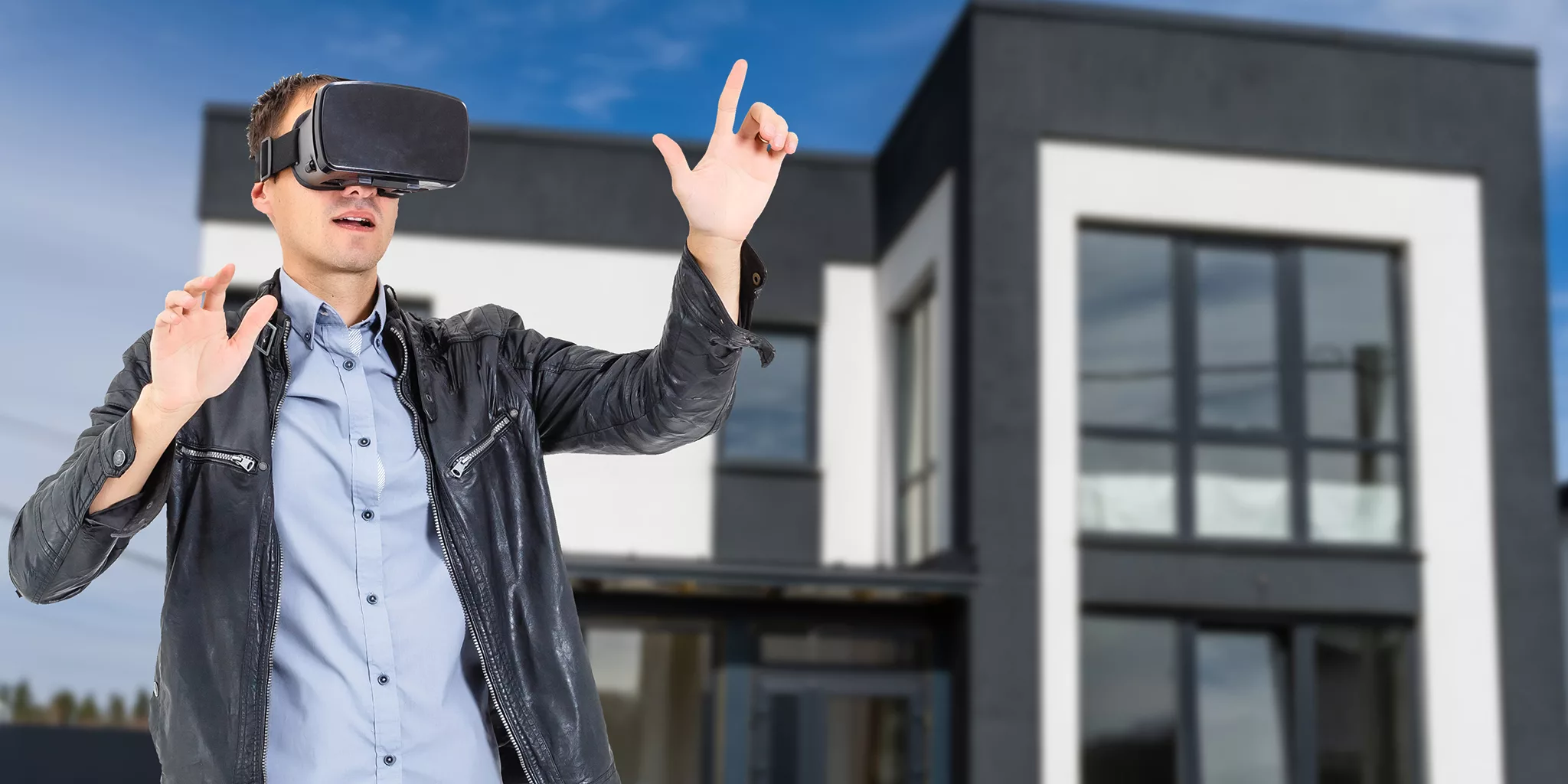A house of the future is a concept that envisions a living space that is equipped with advanced technology and design features to enhance comfort, convenience, and sustainability. Such houses incorporate various futuristic technologies, such as home automation, renewable energy, and smart devices that can be controlled remotely via a smartphone or voice command.
A house of the future may have the following features:
- Smart Home Technology: This includes smart thermostats, lighting, batteries, air conditioners, hot water systems, security systems, and appliances that can be controlled remotely or automatically.
- Renewable Energy: The house may have solar panels or other renewable energy sources to reduce its carbon footprint and energy bills.
- Eco-friendly design: The house may be designed to reduce energy consumption and minimise waste through energy-efficient building materials, water-saving fixtures, and recycling systems.
- Health and Wellness: The house may have features that promote health and wellness, such as air filtration systems, natural lighting, and green spaces.
- Virtual Reality and Augmented Reality: The house may be equipped with advanced entertainment systems that use virtual or augmented reality technology to create immersive experiences.
Like any technological system, a house of the future is vulnerable to hacking. Hackers may attempt to gain unauthorised access to the house’s smart devices, data, or control systems to steal information, control the house’s functions, or cause harm. If there is a vulnerability within the smart home technology it is possible some attacks could:
- Monitor and identify sensitive information or identify when you are asleep / not home.
- Change the temperature of smart thermostats/air conditioners/hot water systems to either very hot or very cold.
- Unlock/open doors remotely.
- Turn lights/sounds/videos on or off at inconvenient times or even show explicit content.
- Take naked pictures / videos if there are cameras within the house then seek ransom payment to avoid the leak of the content.
- Cause devices to overheat and cause a fire.
This should not be a reason to not have smart home technology, but just means it should be balanced with the risk.
If you have a smart home and would like help ensuring your safety, our team at Vertex Cyber Security can help you!



